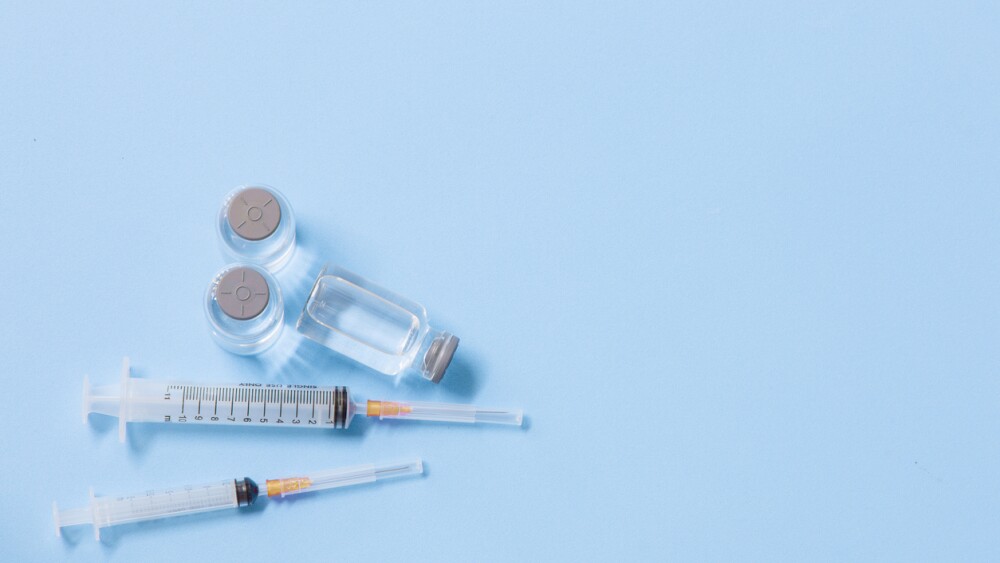Many companies have foreshadowed deals to come during earnings calls in recent days. The return of M&A would be a welcome sign for the biopharma ecosystem, which has been battered by macro headwinds such as tariffs and the possibility of new drug pricing pressures.
Early Wednesday morning Leerink Partners boldly predicted that M&A was about to pop off, based on comments from the past few weeks’ earnings calls. The prescient prediction came true hours later when Novartis announced a $1.7 billion offer to buy oligonucleotide biotech Regulus Therapeutics.
But, as Leerink pointed out, Novartis is one of many companies that had foreshadowed a deal to come during earnings calls in recent days. The Swiss pharma was also following German peer Merck KGaA, which sealed a deal to buy SpringWorks Therapeutics earlier this week for $3.9 billion. The return of M&A would be a welcome sign for the biopharma ecosystem, which has been battered by macro headwinds such as tariffs and the possibility of new drug pricing pressures.
These headwinds were not fully anticipated. In fact, the year started off with optimism that deals would return, particularly as the new Trump administration was perceived to be more deal-friendly than the outgoing Biden administration. But the threat of tariffs has turned that on its head, with companies across the economy distracted by the whiplashing trade policies. Pitchbook also recently predicted reduced M&A activity in the face of such tariffs as onshoring manufacturing becomes a key focus.
Now, the deal-making environment is once again feeling more positive according to Leerink and, now, Pitchbook, too. A new report from Pitchbook on global M&A trends found that while deal count momentum in biotech had fallen 26% over the past 12 months, the first quarter of 2025 saw a return, with momentum rising 63% in the biotech and pharma sectors. Valuations fell precipitously by 143% over 12 months, but the last three months have seen a recovery of 107%, according to the report. Pitchbook said the healthcare sector as a whole seems to be slowly recovering with improvements in deal count and deal value.
“What I tell my team constantly is never let a good crisis go to waste. And with crisis, there are risks, but also there are tremendous opportunities because things are changing,” Pfizer CEO Albert Bourla said during his company’s earnings call. “They [should] start to exploit the change. So you need to be strategic. You need to be smart, you to be disciplined. But you need [to] sell when prices are high and buy when prices are low.”
Ready To Deal
Pfizer, on Tuesday, specifically detailed a plan to replace a key discontinued obesity asset with a deal and fill out its depleted cardiometabolic pipeline. Chief Strategy and Innovation Officer Andrew Baum said that the company is looking in the $10 billion to $15 billion for its next buy.
Over at Bristol Myers Squibb, a massive cost realignment program has slimmed down the organization with $1.5 billion in cost savings and headcount reduction, smoothing the path to take on external opportunities, CEO Chris Boerner said last week.
“Business development is our top capital allocation priority,” Boerner stated, flagging both partnership and acquisition opportunities. He also pointed to innovation coming out of China as a source for new therapies.
“What’s important is that we like the science, and we feel we’re the rightful owners,” Boerner said.
Pushed further on what attributes BMS might be examining for a potential deal, Boerner said there isn’t a specific size. Instead, the business development team evaluates a program’s fit within BMS’ core therapeutic areas and considers whether a given deal will boost growth. BMS is particularly looking to fill gaps in the back end of the decade and into the 2030s, Boerner said. Earlier-stage opportunities are also a possibility, but Boerner said the focus is on more near-term growth.
As for tariff pressures, Boerner said the company’s cost savings program is putting them in a strong position to be able to absorb any potential impact.
“By continuing to focus on making the company more efficient and more agile, that enables us to pull cost out of the system and puts us in a stronger position,” Boerner said. “That financial flexibility gives us the ability to be much more engaged on business development.”
But Roche CEO Thomas Schinecker admitted that tariffs could get in the way of business development at the Swiss pharma. The company has been fairly active with M&A, buying obesity drug developer Carmot Therapeutics last year for $2.7 billion.
Merck CEO Robert Davis called business development a “top priority” during his company’s April 24 call. The macro environment has not changed that goal, he added.
“Clearly, what’s happening does make it more complex to get things done, because of the uncertainty everyone is wrestling with,” Davis told investors. “But it’s not stopping us from being aggressive and wanting to move forward and do deals.”GSK CEO Emma Walmsley agreed with her peers that potential tariffs are impacting dealmaking and promised that the company will be “cautious and disciplined” as it proceeds. But she too spoke optimistically of the company’s deal-making potential, specifically noting the opportunities in China, where GSK recently struck a $1 billion ADC deal with Shanghai-based DualityBio.
“We want to engage, we seek to move agilely, we are always focused on returns—and obviously you have to take a cautious and disciplined view in the current environment, but we still see opportunity here,” Walmsley said.
For its part, Sanofi finally executed on a long planned deal to offload its consumer division Opella this week, wrapping up a deal with private equity firm CD&R worth €10 billion ($11.4 billion). With that out of the way, Sanofi plans to funnel the money towards internal growth, R&D, AI and talent. But the cash could also help fuel some new deals, according to CFO François-Xavier Roger. Specifically, Roger said the company is on the hunt for bolt-on acquisitions, pointing to Sanofi’s March deal to buy immunology drug DR-0201 from Dren Bio for up to $1.9 billion.
Novartis is also eyeing bolt-on M&A, business development and licensing deals, executives noted during the company’s Tuesday call, with today’s purchase of Regulus fitting nicely into that strategy.
When it comes to bigger buys, Johnson & Johnson’s $14.6 billion acquisition of Intra-Cellular Therapeutics in January still stands as this year’s largest. The deal, which gave J&J the approved neuropsychiatric asset Caplyta, reinvigorated excitement in the space and kicked off the J.P. Morgan Healthcare Conference with a bang. But after the big play, the company warned that future near-term deals would smaller.
Indeed, in its first quarter earnings call on April 15, CEO Joaquin Duato Noted that J&J has already spent $150 billion in R&D and “inorganic growth opportunities” since January 2024, including acquisitions in the medtech group as well as Ambrx and Proteologix, in addition to Intra-Cellular.






